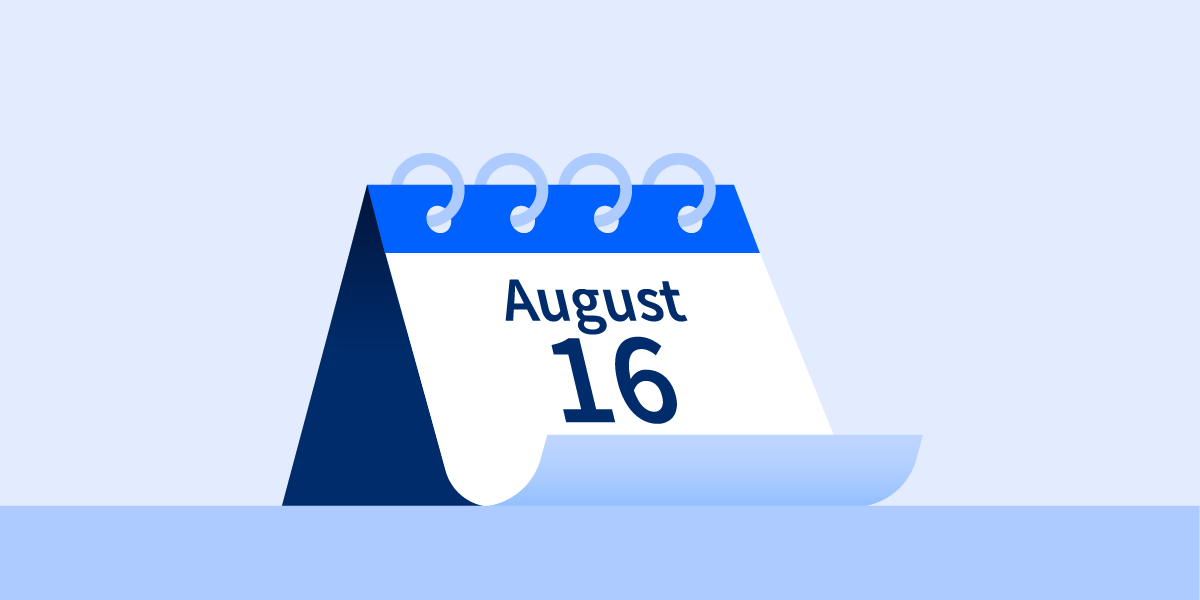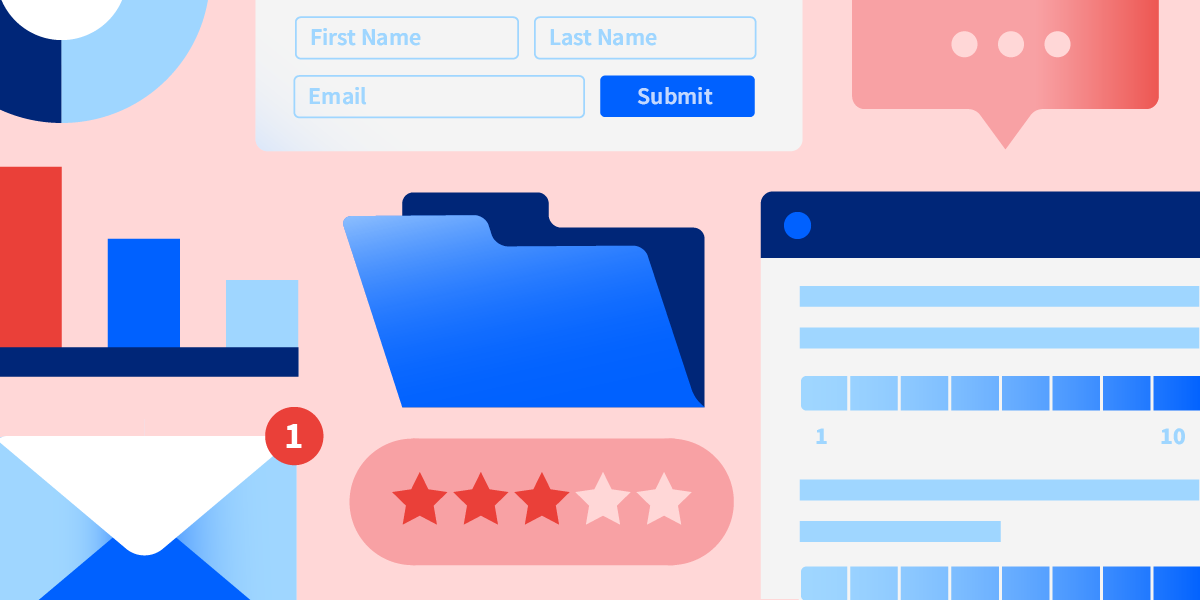Consumers make purchase decisions year round. During peak seasons, which generally revolve around tentpole events like back to school, the holidays or Prime Day, spending tends to increase. Knowing that specific times of the year have trends associated with them makes it easy to determine which are the high traffic times of year for advertisers. The hard part is standing out from the noise—when it’s time for you to turn your campaigns on to align with peak seasons, the same goes for everybody.
It is forecasted that programmatic spending in the United States will reach $81.58 billion in 2021. With advertisers increasingly putting their advertising dollars behind digital efforts, the amount of ads being traded programmatically is set to increase. Translation? Brands will continue to face a constant battle for the best ad spots, and it will become more of a challenge to stand out above the competition.
Although shoppers may increase spend at certain times of the year, it does not mean that they are offline when they’re not transacting. Ideally, brands need to develop a strategy to initiate and increase exposure year-round and show up along multiple touch-points so they are top of mind whenever consumers are ready to spend. We’re sharing 4 strategies that will help you remain competitive during high-traffic times.
1. Advertise Consistently
The key to standing out when the market is noisy is to ensure you’ve established effective brand recall. If prospects are able to recognize your brand, and remember yours as a better alternative to the competition, you’ve primed them to be an ideal customer. So rather than limiting your campaign spend to the busy buying seasons, consider running an always-on awareness campaign. Having a consistent awareness strategy gets your brand message out even before competitors start their campaigns for the high-hitting events. Along with getting ahead of the competition, there are a few added benefits to running always-on campaigns:
- A consistent marketing strategy will save you time and minimize stress of creating a last minute brand-awareness campaign just before high-traffic times.
- The more exposure you have to your audience, the easier it will be to build a deeper connection with them. When the time comes for people to be shopping around for the best option, their first choice will likely be the brand that they are most familiar with.
- Based on engagement from your general awareness ads, you can create lookalike audiences to target during high-traffic times.
- The longer you have an awareness campaign running, the larger the audience pool you will be able to create for your retargeting strategy.
Even an awareness flight a few weeks ahead of time can make a difference when building recall and generating an audience pool for future targeting.
2. Bid Accordingly
As you get closer to the big event or sale date(s), you should initiate a more aggressive strategy—leveraging event-specific ads and messaging alongside aggressive bids. It’s wise to start increasing your bids one week in advance to gain additional exposure just before the rush of ad traffic begins. The idea is to reach your consumer as they are browsing and planning what products or services they want or need.
If you decide to only run an aggressive campaign during the event itself, your customer has likely already made a decision—and you may not even be a consideration. Remember, spending seasons are on for a limited time, so you want to have your ads in front of consumers while they are in the research phase that happens prior to the shopping itself.
3. Stand Out
Increasing the frequency cap in your campaigns can help to increase ad exposure so that users will see your brand messaging more than once. Given that high traffic times are usually on for short spurts, you don’t have to worry as much about ad fatigue. In these ads, you want to highlight that the event, sale, or offer is time-sensitive to encourage shoppers to take action quickly. This can be done in your messaging by including an end date, or by showing a countdown timer that tells users exactly how much longer they have before the event is over.
You should also continue your retargeting strategy to remind users that they have visited your site before. Retargeted content helps reinforce brand recall to those shoppers who bounce from one site to another by reminding them that they have previously engaged with your content. To serve personalized retargeting creative, including dynamic display retargeting units are the perfect addition to your ad campaign for high traffic times.
4. Be Remembered
If you keep the tips we’ve outlined in mind, your ads will likely be seen and remembered by prospective buyers! Ensure your messaging resonates with them to develop lasting relationships that will make people want to return to your brand off-season but especially during future peak seasons. When crafting your messages, speak to your consumers in a way that makes them want to listen. Tell a story with your ad copy that makes consumers excited about your brand, and help them see why your brand fits with their lifestyle.
If you aren’t sure where to start, you can determine consumer preferences directly by running discovery ads. This information will help you shape the rest of your marketing plan, and make sure your brand is heard above the noise.
Want to run exceptional programmatic campaigns? Request a demo to learn more about StackAdapt.





